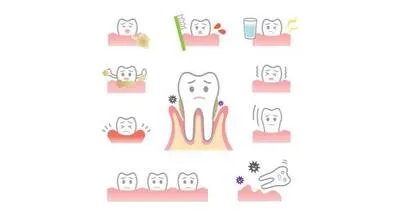Understanding Sensitivity After Whitening
Teeth whitening is a popular cosmetic procedure that enhances the brightness of your smile. However, a common side effect experienced by many individuals is tooth sensitivity. This discomfort can range from mild to intense, making it essential to understand its causes and effective treatments. Sensitivity after whitening occurs due to the temporary exposure of the dentin, the layer beneath the enamel, and the irritation of the nerve endings within the tooth. This article will explore the reasons behind this sensitivity and provide actionable solutions to alleviate the discomfort, ensuring you can enjoy the benefits of a brighter smile without unnecessary pain.
What Causes Sensitivity After Whitening
The Whitening Process

Teeth whitening products usually contain bleaching agents, such as hydrogen peroxide or carbamide peroxide. These agents break down stains and discoloration within the enamel. During the process, these chemicals can penetrate the enamel and reach the dentin, which contains tiny tubules that lead to the tooth’s nerve. This interaction is what often causes sensitivity. The intensity of sensitivity often depends on the concentration of the whitening agent, the duration of its contact with the teeth, and the individual’s existing tooth structure and sensitivity levels. Professional whitening treatments, which use higher concentrations, may result in more pronounced sensitivity than at-home kits.
Tooth Structure and Sensitivity
The structure of your teeth plays a significant role in the level of sensitivity experienced. The enamel, the outer layer of the tooth, acts as a protective barrier. However, if the enamel is thin or has microscopic cracks, the bleaching agents can more easily penetrate to the dentin. Dentin contains microscopic tubules that lead to the tooth’s nerve. When these tubules are exposed or irritated, it can trigger nerve responses, causing the sensation of sensitivity. People with naturally sensitive teeth, gum recession exposing the root surfaces, or existing dental issues like cavities may experience increased sensitivity after whitening procedures.
Top 5 Ways to Treat Sensitivity
Use of Sensitive Toothpaste
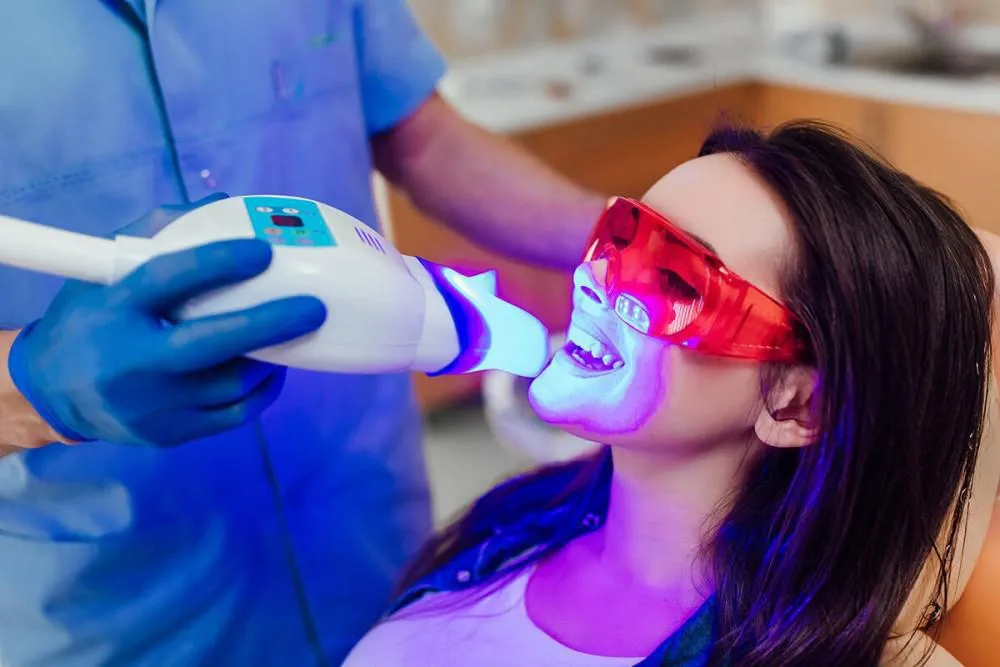
How Sensitive Toothpaste Works
Sensitive toothpaste contains ingredients designed to block the tubules in the dentin or desensitize the nerve endings. Common active ingredients include potassium nitrate, which calms the nerves, and stannous fluoride, which helps to block the tubules. By using sensitive toothpaste, you create a protective layer that reduces the stimulation of the tooth’s nerves and reduces the sensation of pain. The use of sensitive toothpaste before, during, and after whitening can significantly minimize discomfort and improve the experience. It’s recommended to start using it a couple of weeks before your whitening treatment and continue for several weeks afterward to maintain the relief.
Application Tips
For optimal results, use sensitive toothpaste regularly, twice daily. When applying, ensure you brush your teeth gently to avoid further irritation. After brushing, some dentists recommend applying a small amount of the toothpaste directly to the sensitive areas and leaving it for a few minutes before rinsing. This allows the active ingredients to penetrate the tubules more effectively. Be patient, as it may take a few days to a couple of weeks to experience the full benefits. Choose a toothpaste specifically formulated for sensitivity, as these products contain higher concentrations of the active ingredients.
Fluoride Treatments
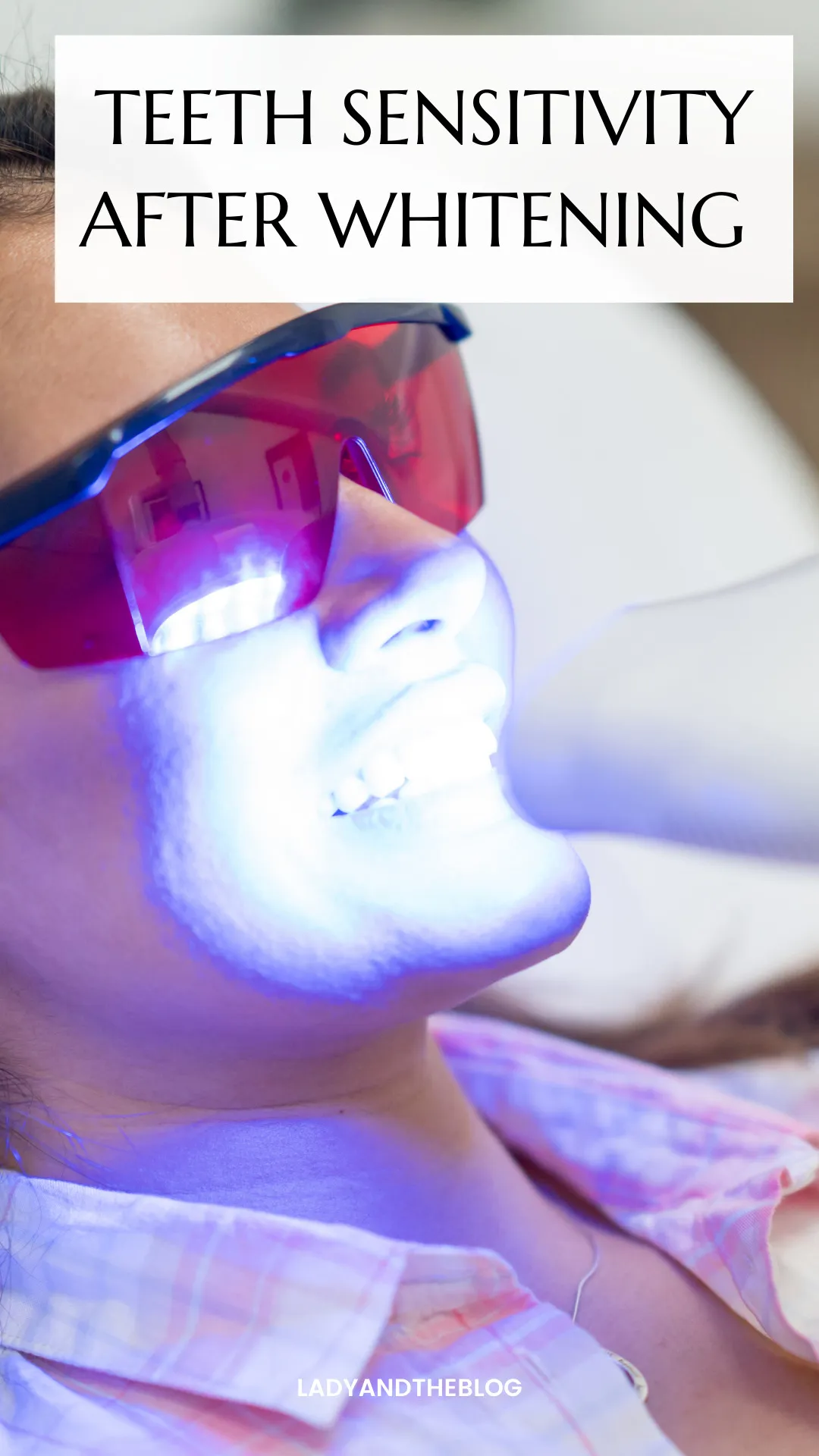
Benefits of Fluoride
Fluoride is a mineral that strengthens tooth enamel and helps to block the dentin tubules, reducing sensitivity. It works by remineralizing the enamel, making it more resistant to acid attacks and creating a protective layer. Fluoride treatments help to reduce sensitivity by decreasing the permeability of the enamel. Fluoride treatments also help prevent cavities by strengthening the enamel and making it more resistant to the acids produced by bacteria. This dual action makes fluoride an effective treatment for both preventing and alleviating sensitivity issues after whitening. Using fluoride-based products is an excellent way to protect your teeth and maintain your newly whitened smile.
Professional Fluoride Treatments
Dentists can provide professional fluoride treatments that contain a higher concentration of fluoride than over-the-counter products. These treatments can be applied in the form of gels, varnishes, or foams, and are more effective for severe sensitivity. These treatments are applied directly to the teeth and are designed to remineralize the enamel and block the tubules. The higher concentration of fluoride helps to quickly reduce sensitivity and provide relief. The effects of professional treatments typically last several months, providing a more prolonged period of comfort.
Over-the-Counter Fluoride Products
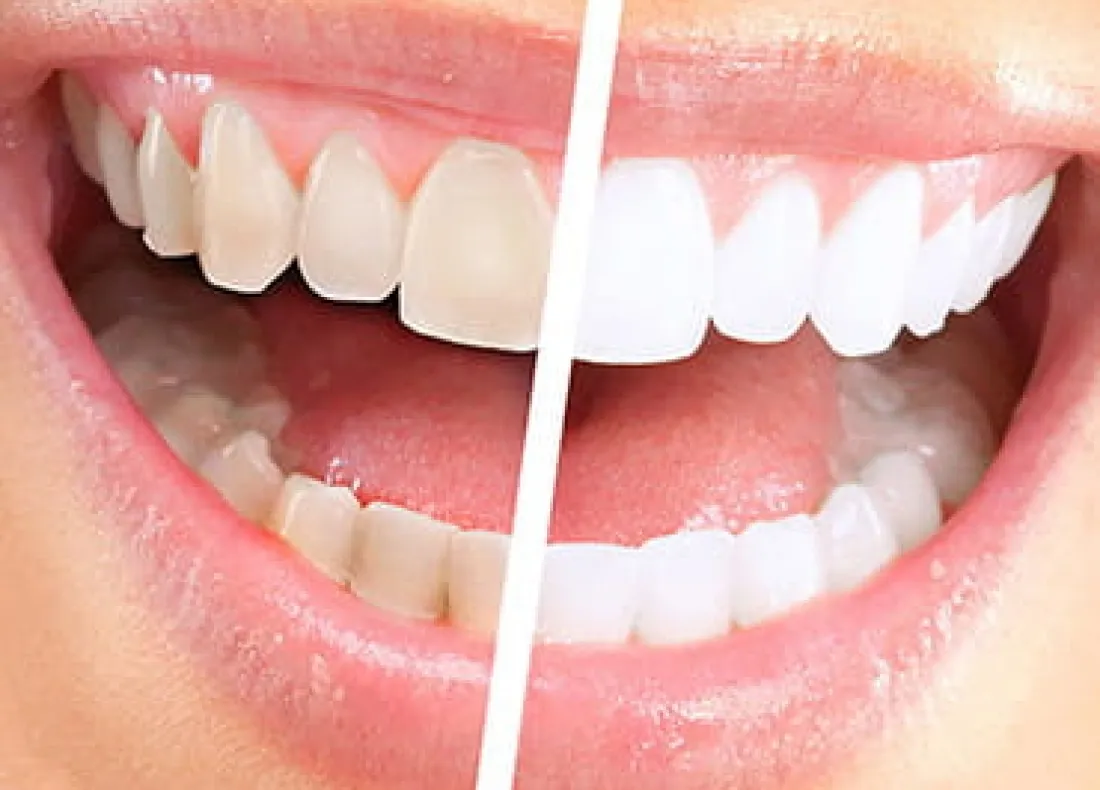
Over-the-counter fluoride products, such as mouthwashes and toothpastes, can also help to reduce sensitivity. These products contain lower concentrations of fluoride than professional treatments, but they can still provide significant relief. Using a fluoride mouthwash after brushing can help to deliver fluoride to the teeth and provide an extra layer of protection. These products should be used regularly for the best results. Look for products that contain stannous fluoride, as it has been shown to be particularly effective in reducing sensitivity.
Soft Foods and Avoiding Irritants
Foods to Avoid
During the period of sensitivity, it’s essential to adjust your diet to avoid foods and drinks that can exacerbate the pain. Highly acidic foods and beverages, such as citrus fruits, tomatoes, and carbonated drinks, can erode the enamel and increase sensitivity. Sugary foods and drinks can also worsen sensitivity, as they promote bacterial growth, which can lead to increased acid production. Avoid hot and cold extremes, such as hot coffee or ice cream, as these can trigger a sharp pain. Stick to a diet that is gentle on your teeth to alleviate the discomfort.
Foods to Eat

Focus on consuming soft, bland foods that are less likely to irritate your teeth. Dairy products like milk, yogurt, and cheese can be soothing because they contain calcium, which helps to strengthen the enamel. Cooked vegetables and lean proteins are also great choices. Drink plenty of water to stay hydrated and rinse away any food particles. Avoid anything that is very sticky or chewy, as these foods can be difficult to remove and may irritate sensitive teeth. Opt for a diet that supports your oral health and promotes comfort.
Over-the-Counter Pain Relievers
Types of Pain Relievers
Over-the-counter pain relievers can provide temporary relief from tooth sensitivity. Analgesics, such as ibuprofen (Advil, Motrin) or acetaminophen (Tylenol), can help reduce pain and inflammation. These medications work by blocking pain signals and reducing the production of inflammatory substances. They are easily accessible at any pharmacy and can provide quick relief. Topical anesthetics, such as benzocaine, can also be used. They numb the sensitive areas, providing immediate but temporary relief.
Dosage and Safety
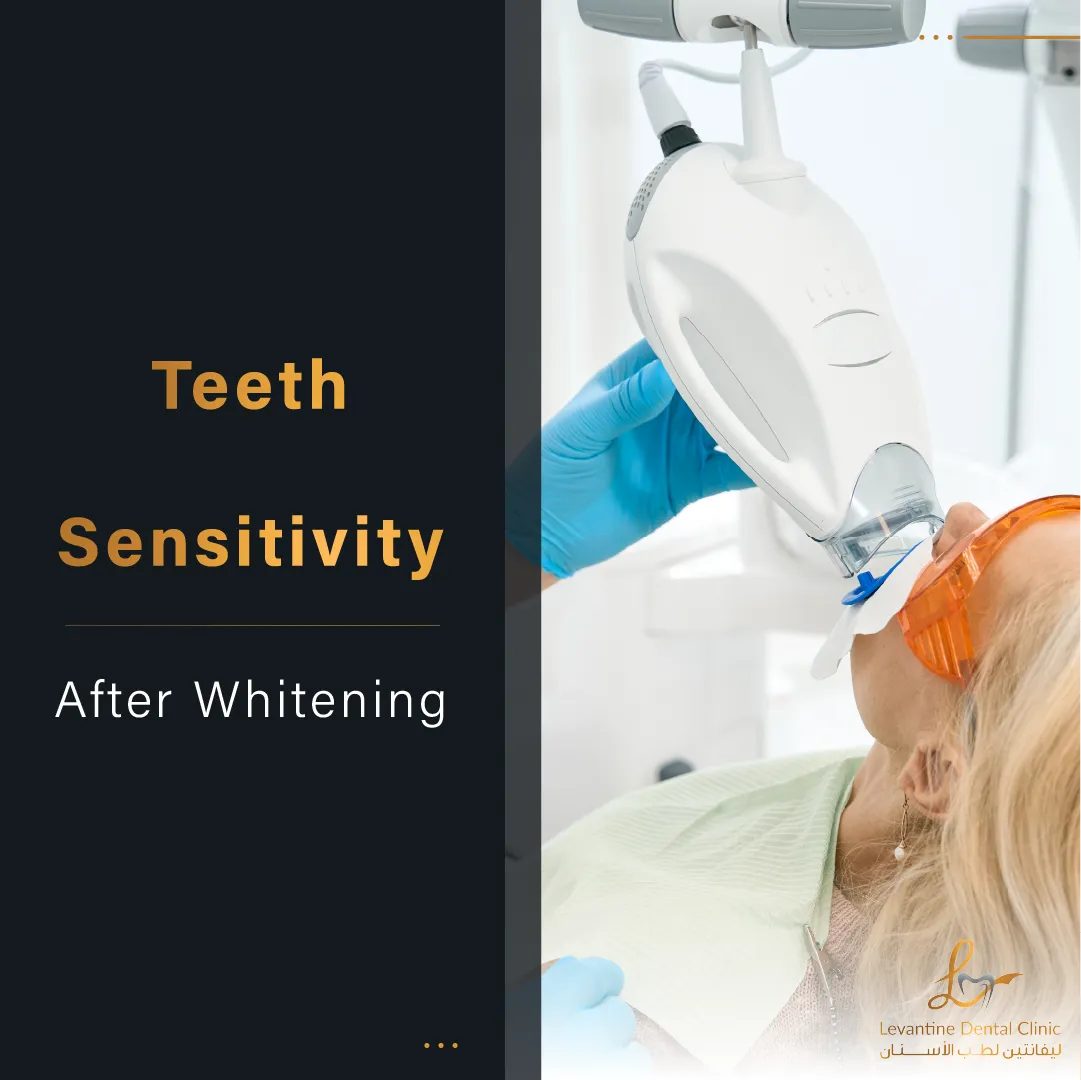
Always follow the dosage instructions on the product label to avoid any adverse effects. Do not exceed the recommended dose, and if the pain persists, consult a dentist. Be mindful of any potential side effects or interactions with other medications you may be taking. If you are taking any prescription medications, it’s essential to discuss any potential interactions with your doctor or dentist before taking over-the-counter pain relievers. If the sensitivity is severe or doesn’t improve with over-the-counter pain relievers, seek professional dental advice immediately.
Professional Treatments
Desensitizing Agents
Dentists can apply professional desensitizing agents to the teeth to reduce sensitivity. These agents work by blocking the dentin tubules or desensitizing the nerve endings directly. Some common desensitizing agents include fluoride varnish, which strengthens enamel and blocks tubules. Dentists may also use other desensitizing agents, such as calcium phosphate products, which help to remineralize the enamel. These treatments can provide significant relief and can be tailored to the individual’s specific needs and level of sensitivity.
Bonding
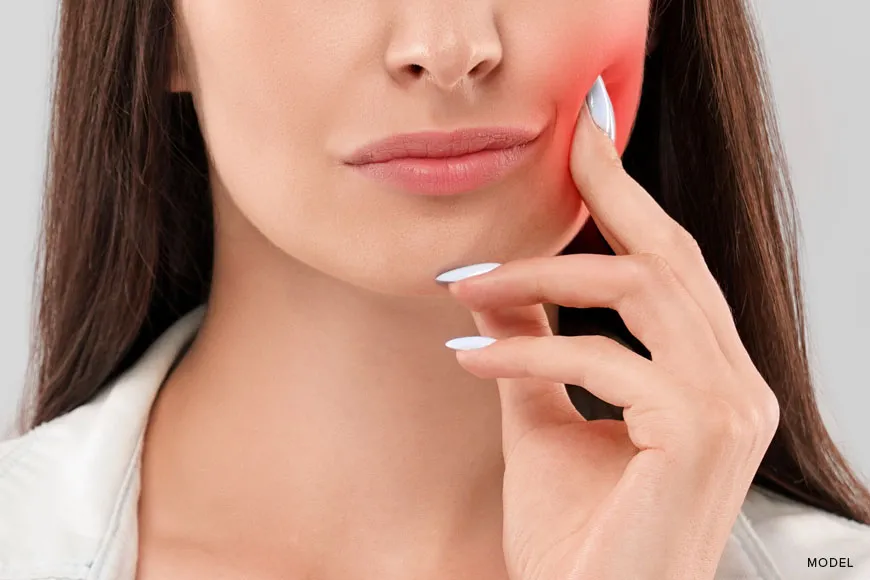
In some cases, if sensitivity is severe or persistent, dentists may recommend dental bonding. This procedure involves applying a tooth-colored resin material to the sensitive areas of the teeth. The resin seals the dentin tubules, reducing sensitivity. Bonding is an effective way to protect the sensitive areas and provide long-term relief. Bonding is usually done for more severe cases or those with persistent sensitivity. Discuss the option with your dentist to determine if it’s the right option for your specific case.
Preventing Sensitivity After Whitening
Choosing the Right Whitening Method
To minimize the risk of sensitivity, choose a whitening method that suits your needs. At-home whitening kits are generally less potent than professional treatments, so they may cause less sensitivity. Consult with your dentist to determine the best approach based on your oral health. If you have a history of sensitive teeth, your dentist may recommend a lower concentration whitening agent or a shorter treatment duration. Consider professional supervision, as your dentist can monitor your progress and adjust the treatment as needed to minimize sensitivity.
Following Instructions Carefully
Adhere to the instructions provided with your whitening treatment. Avoid leaving the whitening agents on your teeth for longer than recommended. Overuse can increase the risk of sensitivity. Be sure to follow the guidelines given by your dentist. Using whitening products incorrectly can lead to increased sensitivity. Following the instructions carefully is essential to protect your teeth and ensure a comfortable whitening experience. Proper use of the product can significantly reduce the likelihood of experiencing discomfort.
Post-Whitening Care
After whitening your teeth, follow a good oral care routine. Use a sensitive toothpaste and a soft-bristled toothbrush. Avoid highly acidic and very hot or cold foods and drinks. Regular dental checkups are crucial. Schedule a follow-up appointment with your dentist to ensure your teeth and gums are healthy. Post-whitening care helps to maintain the results of the whitening and minimize the risk of future sensitivity. By following these steps, you can maintain a bright smile without experiencing unnecessary discomfort. Your smile is an investment, so treat it accordingly.
In conclusion, tooth sensitivity after whitening is a common, yet manageable, side effect. By understanding the causes and adopting effective treatments, you can enjoy a brighter smile without significant discomfort. Utilize sensitive toothpaste, fluoride treatments, adjust your diet, and consult your dentist for professional care when needed. Following these steps will not only alleviate existing sensitivity but also help you prevent it in the future. With the right approach, you can achieve a dazzling smile and maintain optimal oral health.
